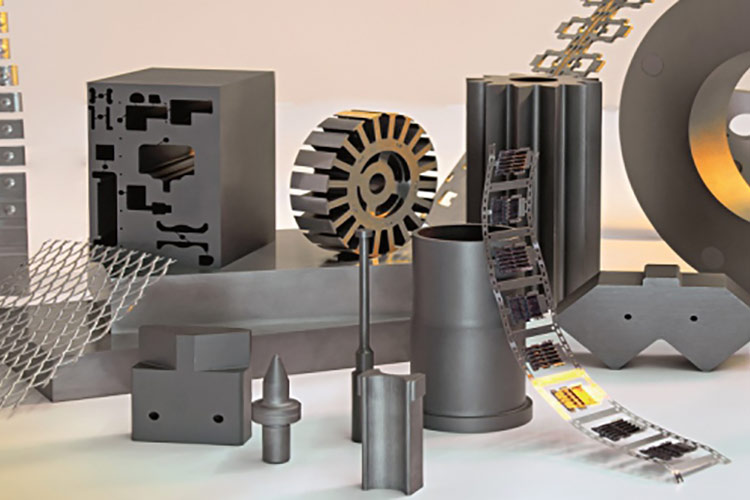The top-class brand Hard Material Solutions by CERATIZIT will be showing its extended stock programme for corrosion-resistant carbide grades and the new CF+ grades at Blechexpo 2015. These now offer even higher transverse rupture strength and fracture toughness, thereby increasing process security for tool manufacturing customers.
Between 3 and 6 November, the top-class brand Hard Material Solutions by CERATIZIT will be presenting its new CF+ carbide grades at the international sheet metal processing trade fair Blechexpo in Stuttgart. These have been developed specially for the tool-making industry, as product manager Ralf Ottilie explains. “For more than a decade, our customers have been working with our proven, technically fully fledged and corrosion-resistant carbide grades. To ensure that this will continue in the future, we have provided our latest developments with a ‘PLUS’ in terms of performance.” The special features include higher KIC values (critical tension intensity factor) at the same hardness, resulting in increased cutting edge stability. This ensures high process security. “Even with delicate active parts, our new grades are reliable for long periods thanks to the increased transverse rupture strength and thereby guarantee stable processes,” adds Ottilie. The susceptibility to and speed of corrosion have also been reduced.
The new grades with the designations CF-H25S+ and CF-H40S+ are available at the same price as the previously available carbide grades.
Extended stock programme for regular CF grades
Hard Material Solutions by CERATIZIT now offers surface-ground carbide blocks for erosion in all corrosion-resistant carbide grades. These are optimally suited to highly abrasive materials, applications with major bending forces or edge stress in stamping, bending, blanking and forming operations. “The factor 80-100 reduction in susceptibility to corrosion of our patented CF grades guarantees considerably better machinability in all subsequent processes,” explains Ralf Ottilie. Customers also benefit from higher efficiency of the active parts.


